This post is sponsored by Ecolab.
Road Trip Tips
The past few months we’ve driven over 12,000 miles and spent more than 200 hours in the car, road tripping between California and Colorado. We’ve never been a road trip family before, but with virtually no international travel options this year, and with boxes and furniture to move back to California from a house in Colorado Springs that we sold, we became a road trip family.
We didn’t have any car problems, but we made a lot of mistakes along the way – mostly on the first two trips. Learn from us! This is how we’ve managed to make the most of road trips and minimize problems and annoyances.
Think Through Car-Related Items in Advance
Has your car been serviced recently? Are your tires properly inflated? Do you need to purchase a trailer hitch, roof rack or bike rack? We wanted to move bikes back to California early in the summer, but everyone was sold out of hitch-mounted bike racks and it was September before we could bring the bikes with us.
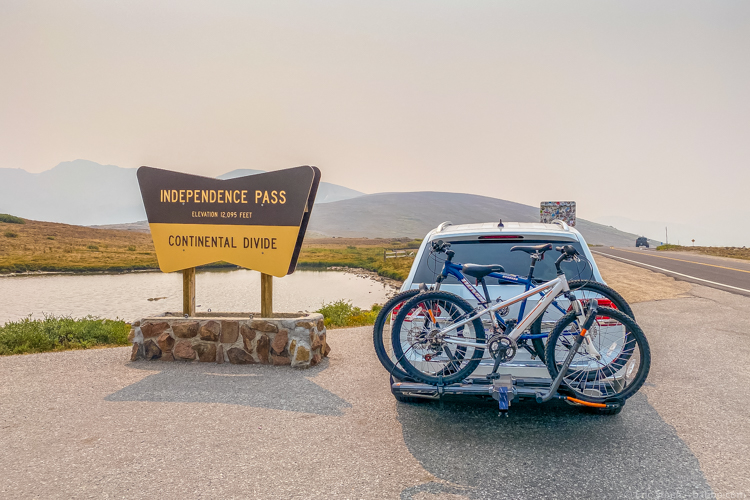
Download Directions in Advance
We didn’t have cell coverage all of the time, which is a minor inconvenience when streaming music but a bigger problem when it comes to using map apps. There were several times when our maps didn’t work when we needed them most. My solution: now every morning before we leave the hotel, I map us to our destination, including any detours, and then take screen shots of the step-by-step directions as well as the overall map.
It doesn’t hurt to have a paper map in the car as well. At one point, in northern Arizona, I received a telephone call and my map app stopped giving me audio directions when I was on the call. I had no idea that I missed an important turn until I was at least half an hour up the road, and it was because I happened to have a kids’ road atlas that I was able to see that I needed to turn around. It wasn’t fun to add an extra hour to a seven-hour driving day, but it would have been worse without the atlas.
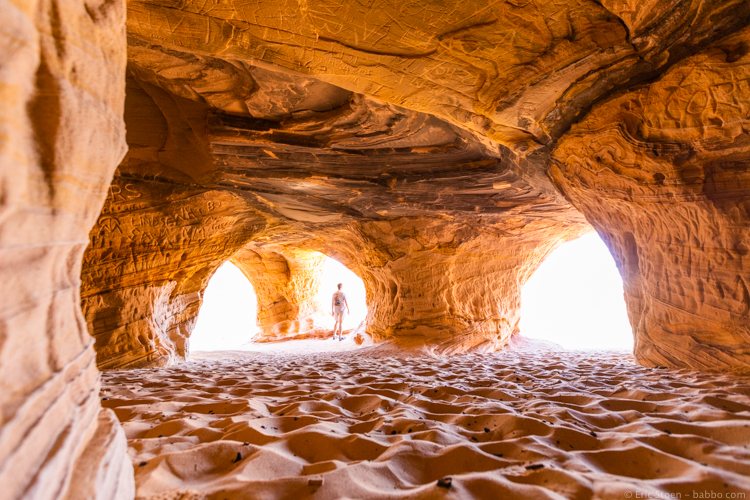
Look at the Calendar
If your dates are flexible, plan your stops to avoid peak days at your destinations. For example, most National Parks are far busier, and rooms are more expensive, on weekends. Mountain towns and tourist attractions are typically more crowded on weekends as well.
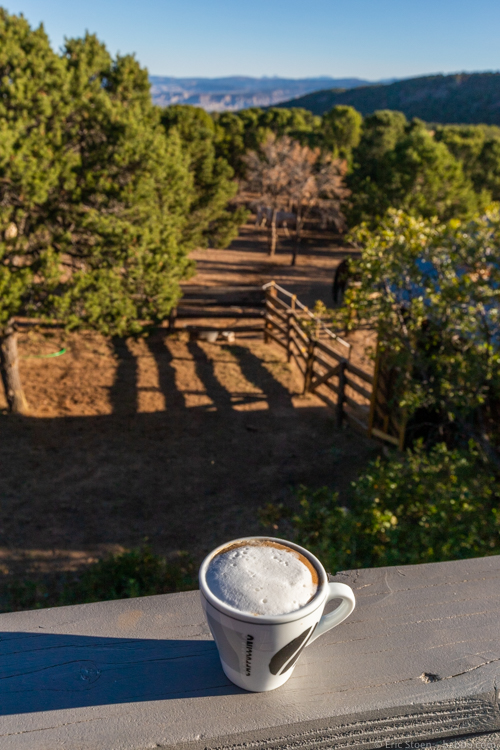
Also be aware of festivals and other annual events. You may want to attend, but if you’re just as happy to avoid the crowds, visit at another time. And if you’re road tripping in the fall, check the foliage predictions. I routed my last trip through Southwest Colorado because of the changing colors, and the drive from Montrose to Cortez via Telluride was the prettiest of my life.
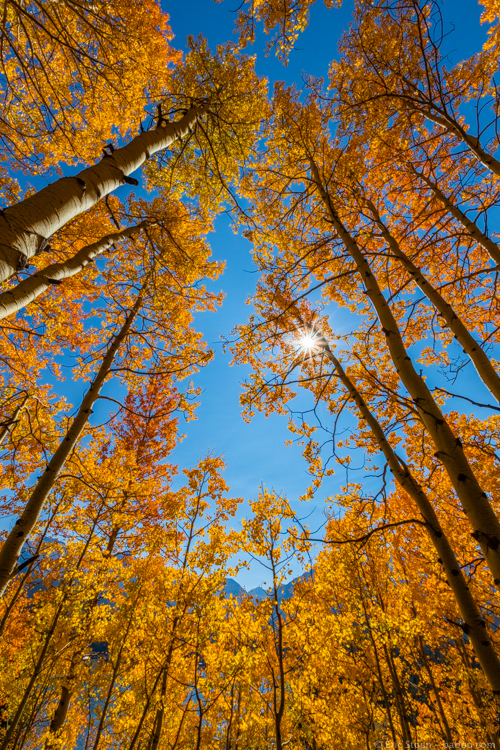
Stop Often and Get Exercise
Likewise, we try to stop at least every hour or two to stretch and, if possible, hike. A perfect day recently was waking up in Zion National Park, driving two hours to Bryce Canyon National Park for sunrise, hiking for two hours, and then continuing to Arches National Park for a sunset hike to Delicate Arch. It’s too easy to be lazy on drive days, so we try to do the opposite.
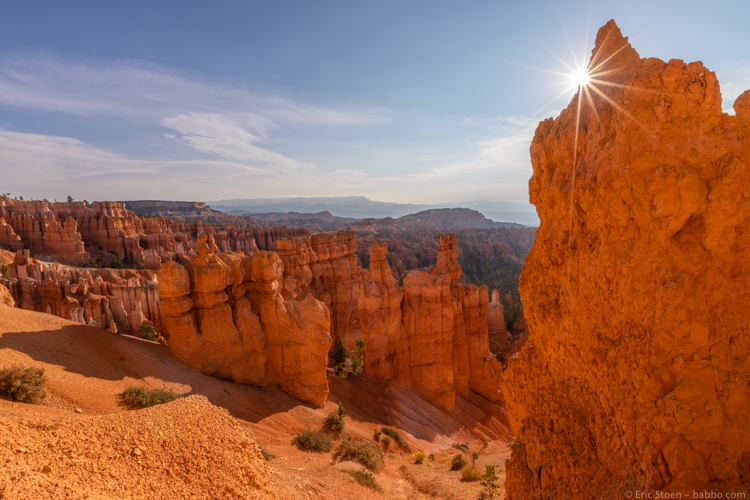
Check the Weather Forecast
If you can avoid storms, do it! Not only is your risk of accidents higher, but it makes it harder to take breaks and get exercise.
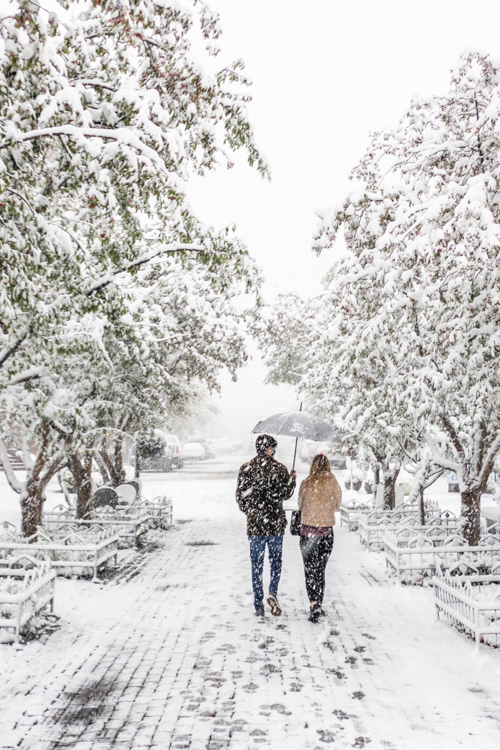
Plan Food Stops in Advance
Finding easy and kid-friendly meal options can be a challenge on the road. My kids disliked our lunch stops especially on our first road trip – by far their least favorite part of the trip. So we became smarter with meal stops, mapping our trips and planning our departure times so that we would be in towns with good restaurant options for every meal. And on our future road trips, we’ll be looking for restaurants that have the Ecolab Science Certified™ seal – a visible sign of assurance that we’re choosing restaurants committed to a higher level of cleanliness.
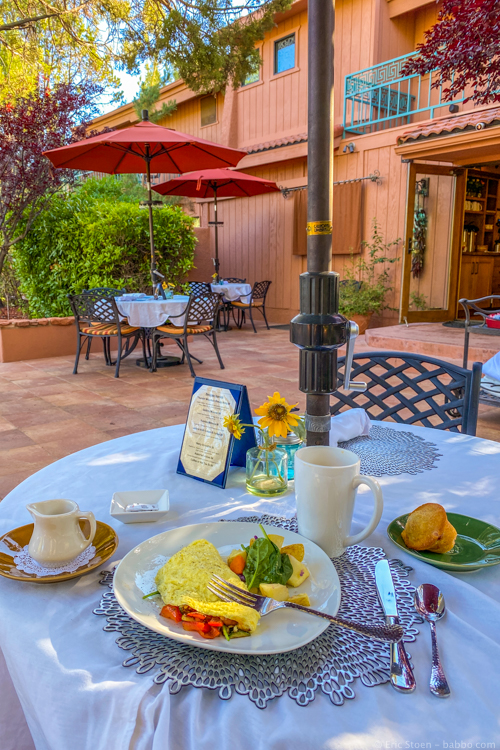
Purchase a National Park Pass
There are 62 National Parks, so there’s a decent chance you’ll be near one or more during any road trip. Stop! During our five recent road trips we stopped at National Parks 14 times – Zion (4x), Arches (3x), Bryce Canyon (3x), Capitol Reef (2x), the Grand Canyon and Black Canyon of the Gunnison. They were the highlights of our trips. Fourth graders get park passes for free, otherwise they’re $80 for one year and absolutely worth it.
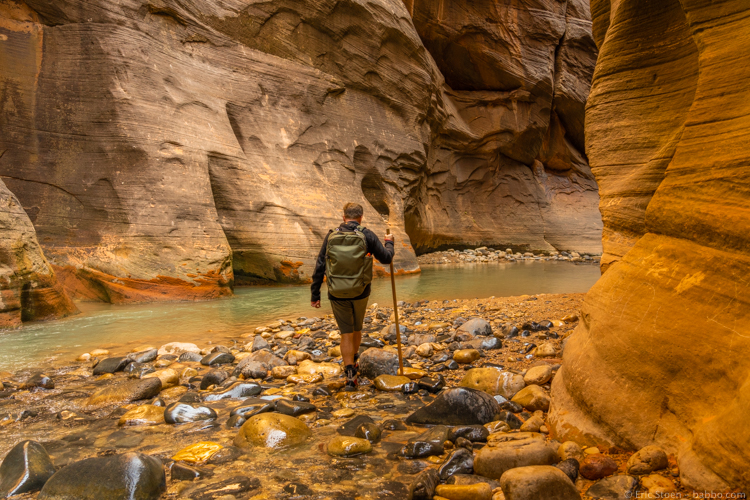
Put Thought Into Fuel Stops
Gas prices vary widely from state to state. If you’re ready to stop for gas as you’re approaching the California/Nevada border, for example, you can save $1/gallon or more by filling up in Nevada instead of California.
Also, several brands of gasoline have loyalty programs that can save you $0.05 to $0.30/gallon. These programs also let you pay via app, eliminating the risk of credit card fraud at the pump. And if it’s hot, cold or wet outside, I can stay in the car while I pay, remaining comfortable a little longer.
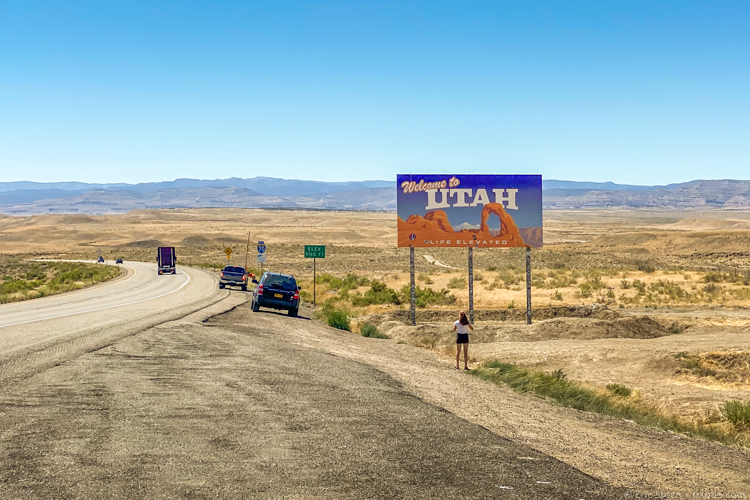
Stay Clean!
And most importantly, keep well! We have baby wipes and hand sanitizer in the car and use them frequently, and of course during the pandemic we’re wearing masks whenever we’re around others. But the other road trip component of staying well is making sure you’re staying and eating at places that are committed to clean. That’s why we’ll be seeking out restaurants and hotels with the Ecolab Science Certified™ seal on our future trips.
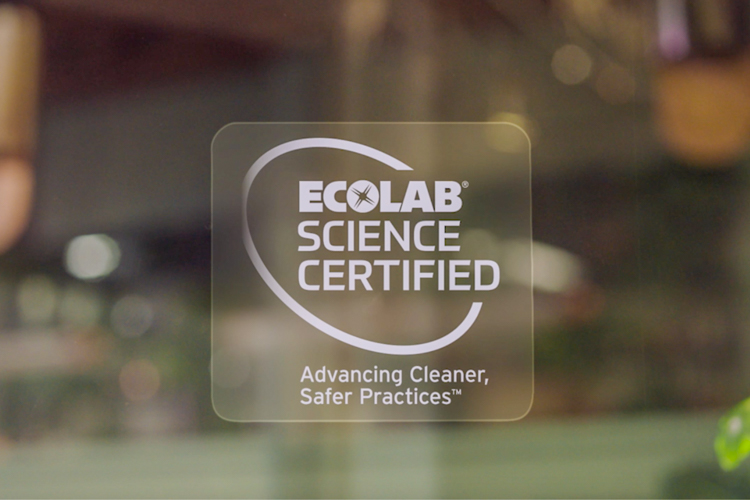
If you’re not familiar with the Ecolab Science Certified program, the certification means that:
- The hotel or restaurant is using a program that features hospital disinfectants proven to be effective against the virus that causes COVID-19 and other sanitizers, which help reduce the risk of exposure to germs on high-traffic surfaces.
- They’re following science-based policies and procedures grounded in research from Ecolab’s 1,200 scientists, engineers and technical experts.
- They’re subject to periodic audits by Ecolab to determine whether these procedures are being followed.
I love this because, prior to the Ecolab Science Certified program, there was no way to feel confident that an establishment adhered to a high level of cleanliness before booking. Now we can be confident that when we arrive, there are science-based protocols behind the clean surfaces we’re seeing, and we can relax and enjoy these breaks in the road trip.
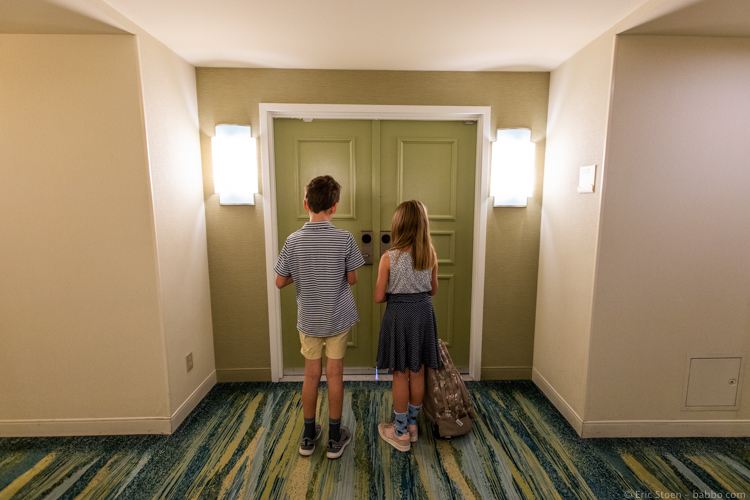
Follow Ecolab on Facebook, Instagram and Twitter to learn how they’re using science-based products and protocols to help provide an extra dimension of confidence in the places where you eat, stay and play.
Your Road Trip Tips
What did I forget? What road trip tips would you add based on your own trips?
Pin This!
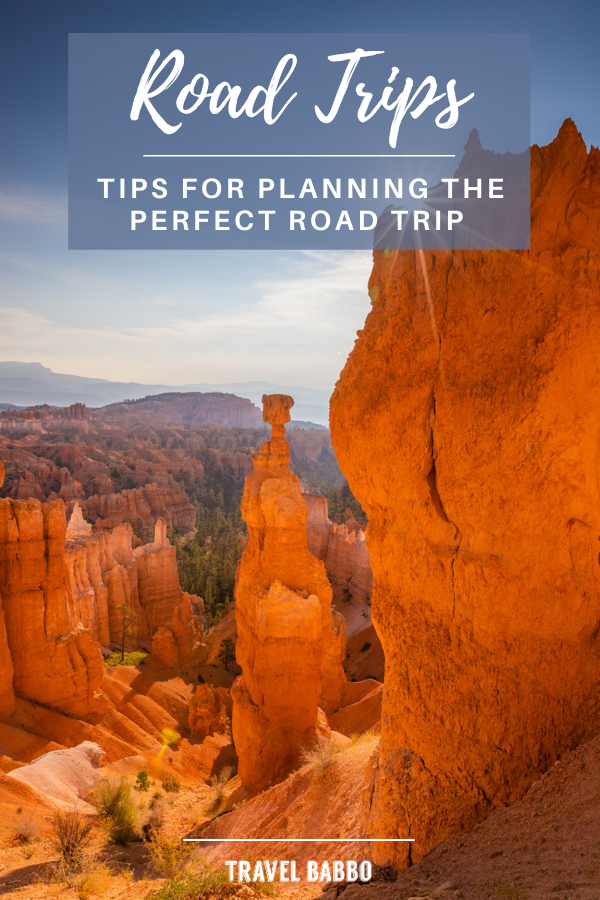


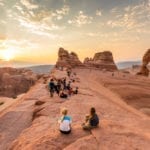
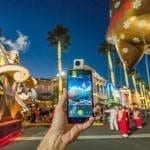

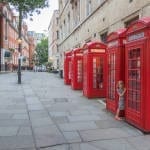
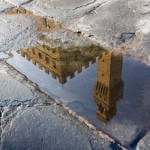
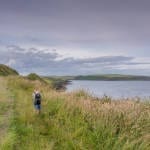
You can download offline maps in google maps so you don’t have to worry about printing directions and maps or use the TomTom app which has offline maps and doesn’t require reception.
I’ve never tried the TomTom app. I use Waze normally, but Waze doesn’t let you download maps. Google does, and I download their maps when I’m overseas and walking around cities, but you need to select a finite map area and then download it, correct? That always seems to be a lot of data just for a small city, so my assumption was that if we’re driving 600 miles in a day it would be a huge download, which is why I simply save point-to-point directions as an emergency backup. I’ll try downloading from Google on our next road trip and, if it works well, I’ll revise this post.
Is there a list of hotels that are Ecolab science certified in terms of cleaning?
Not that I see. The current language from Ecolab’s site: “The Ecolab Science Certified program will be available soon across a number of regional and national hospitality, food service and food retail brands.”